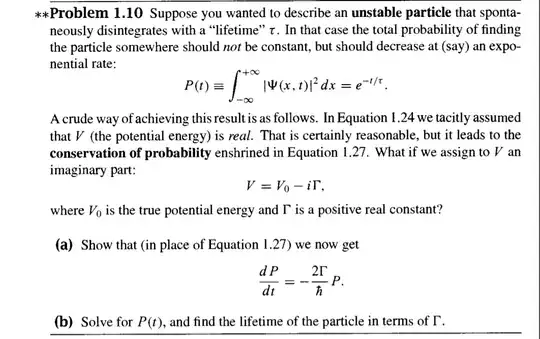Imaginary potential is an ad-hoc way of including dissipation in the Schrödinger equation. As noted in the comments, doing it in a straightforward way is a rather crude approach, as it immediately breaks particle conservation, unitarity, etc.
A cohent way to include dissipation is by coupling the system of interest to a bath, e.g., a bath of harmonic oscillators, and than tracing this bath out. This is the method behind the Caldeira-Legget model, Master equation formalism and many Green's function approaches. But dissipative Schrödinger equation still has its advantages, particularly in numerical domain, and more sophisticated techniques to tjsi end have been developed, see, e.g., here.
